
With the season of gift knitting in full swing, we find that our needles are quickly clicking away to create all the wooly goodness for our loved ones. But then there is also that sweater WIP we wanted to have finished for that upcoming family gathering… eek! We’re sure you can relate!
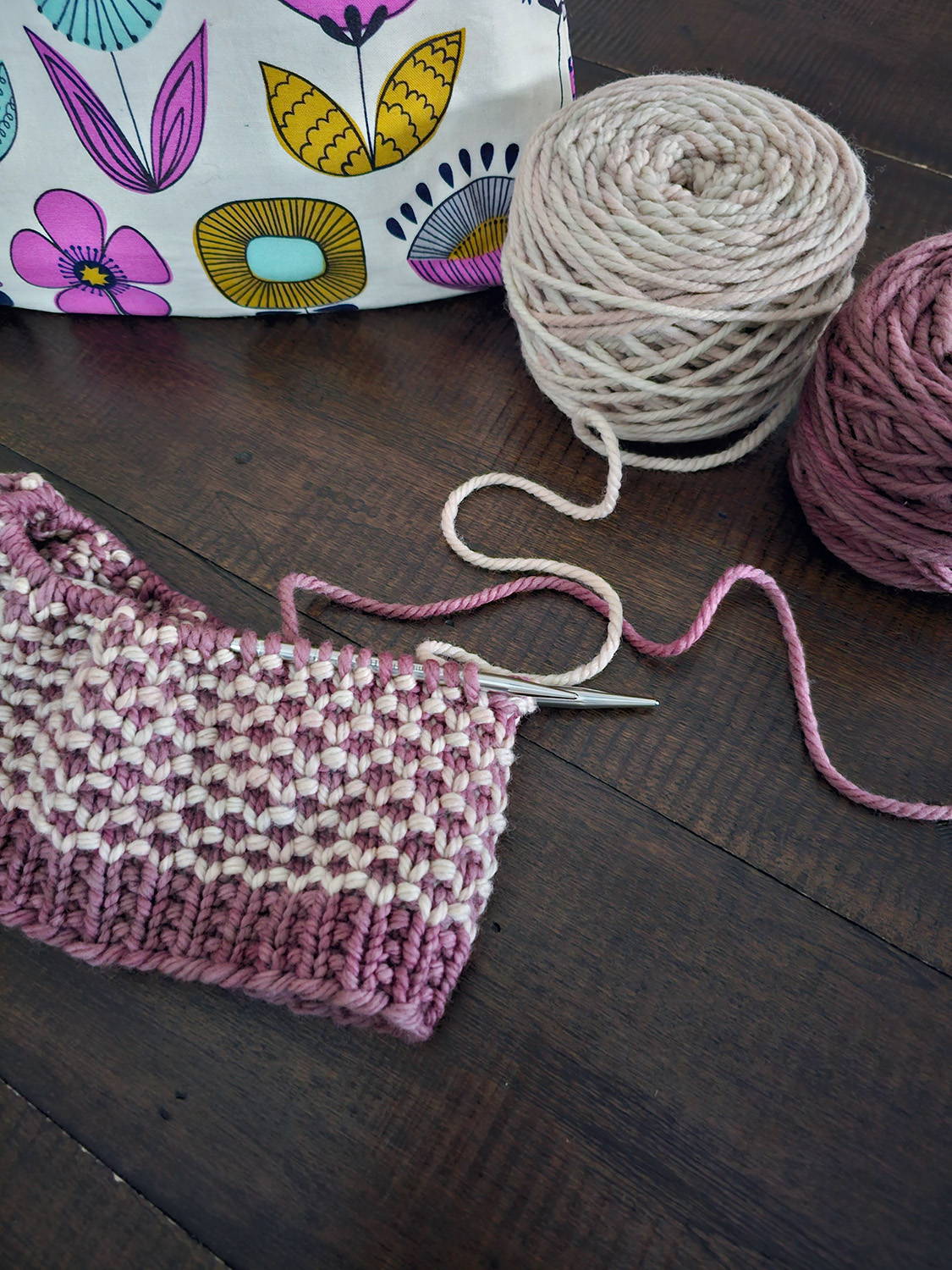

One of the WIPs on our needles includes the Lost Seaglass cowl by Gretha Mensen. This quick and fun knit is perfect to knit up for yourself or would make a great gift for someone else! Despite its look, the tube shaped cowl is beginner friendly to knit with only one color per round. Our favorite kind of colorwork!
But then of course there is “dream knitting.” We've been itching to cast on a Pressed Flowers shawl by Amy Christoffers. Such beautiful texture created by mosaic knitting. Definitely a must have knit for the winter!
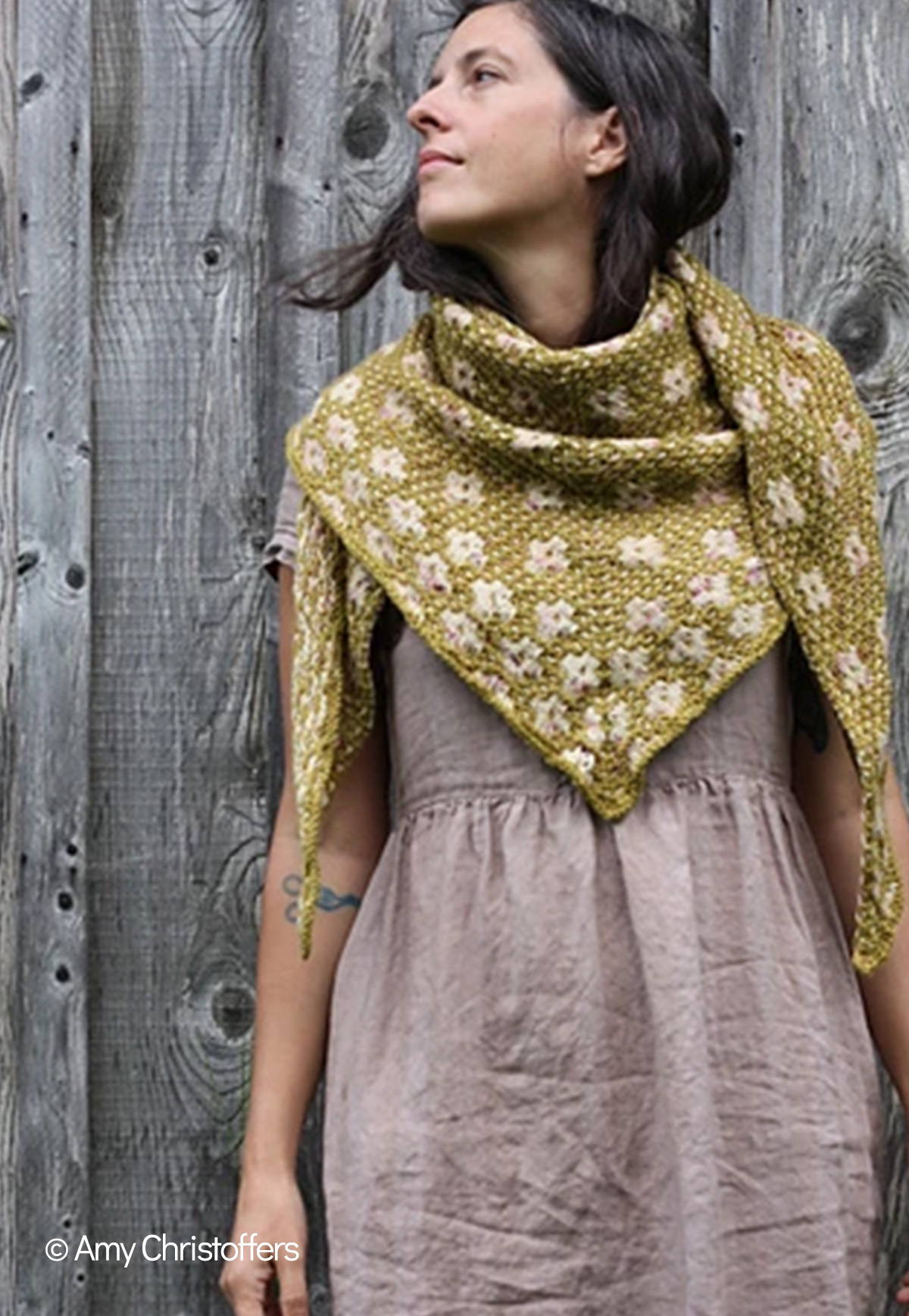
Pressed Flowers by Amy Christoffers
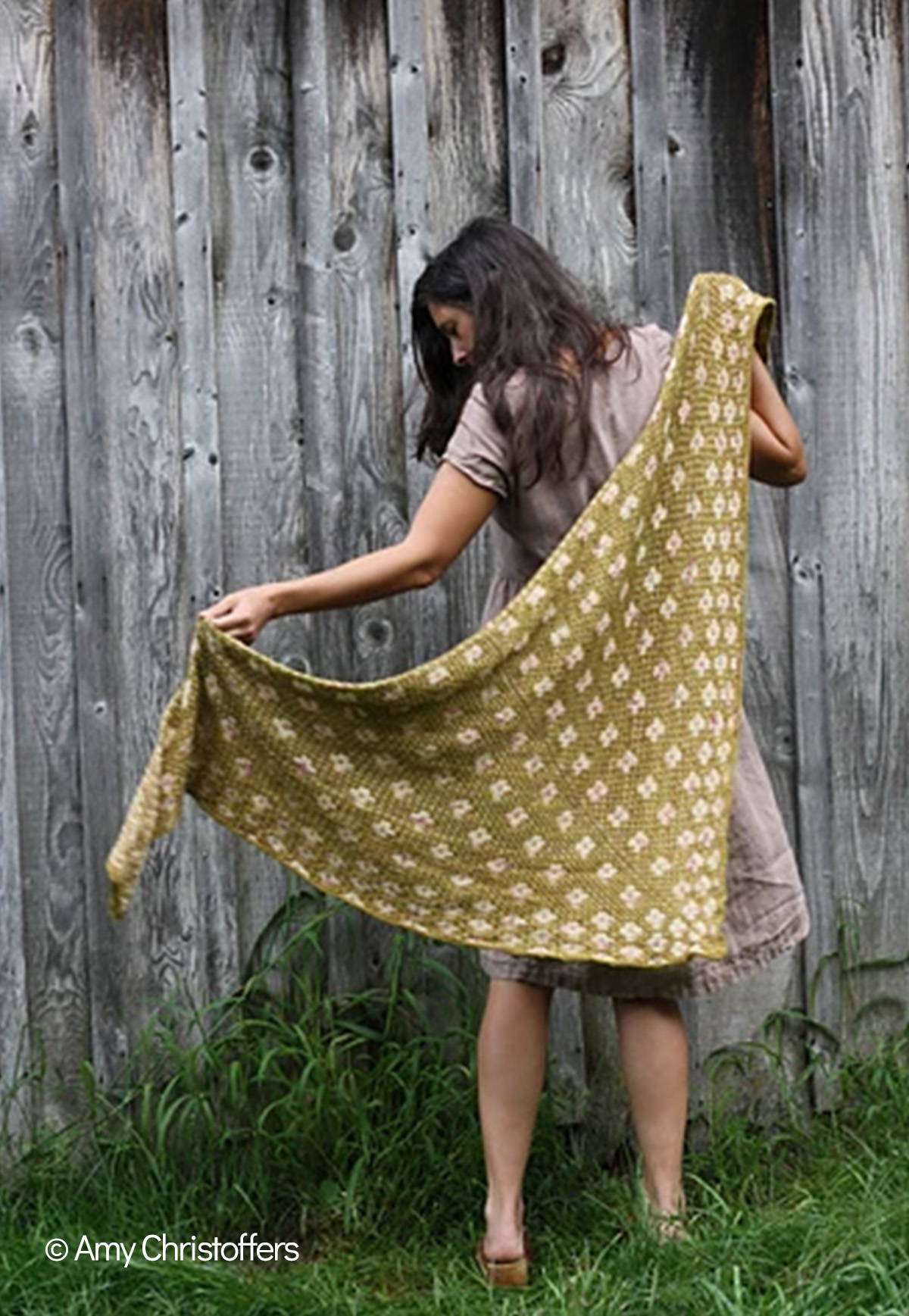
But of course, all this knitting has us thinking about the tools we use to knit with. The true core of what makes knitting possible: our needles. So let's explore some of the differences we find in the needles we see on the market, and we'll share a little tip on how to get those working stitches in place quick and easy.
Let's Talk Needles
There is definitely a difference in all the various needle brands and materials we see on the market. And different needles produce different results. Some needles can bring us joy as we knit, whereas others are just not suited to the project, and we probably all know that frustration!
Types of Needles
First, let’s look at what types of needles we can use. Most often we see Fixed Circular needles when we're in our LYS. These are designed to have the flexibility to knit in a circle, say for like a cowl or hat. The needle tips can vary from 2" up to about 5" in length depending on the circumference you are trying to achieve. That too can vary anywhere from 9" around up to 60" in diameter!
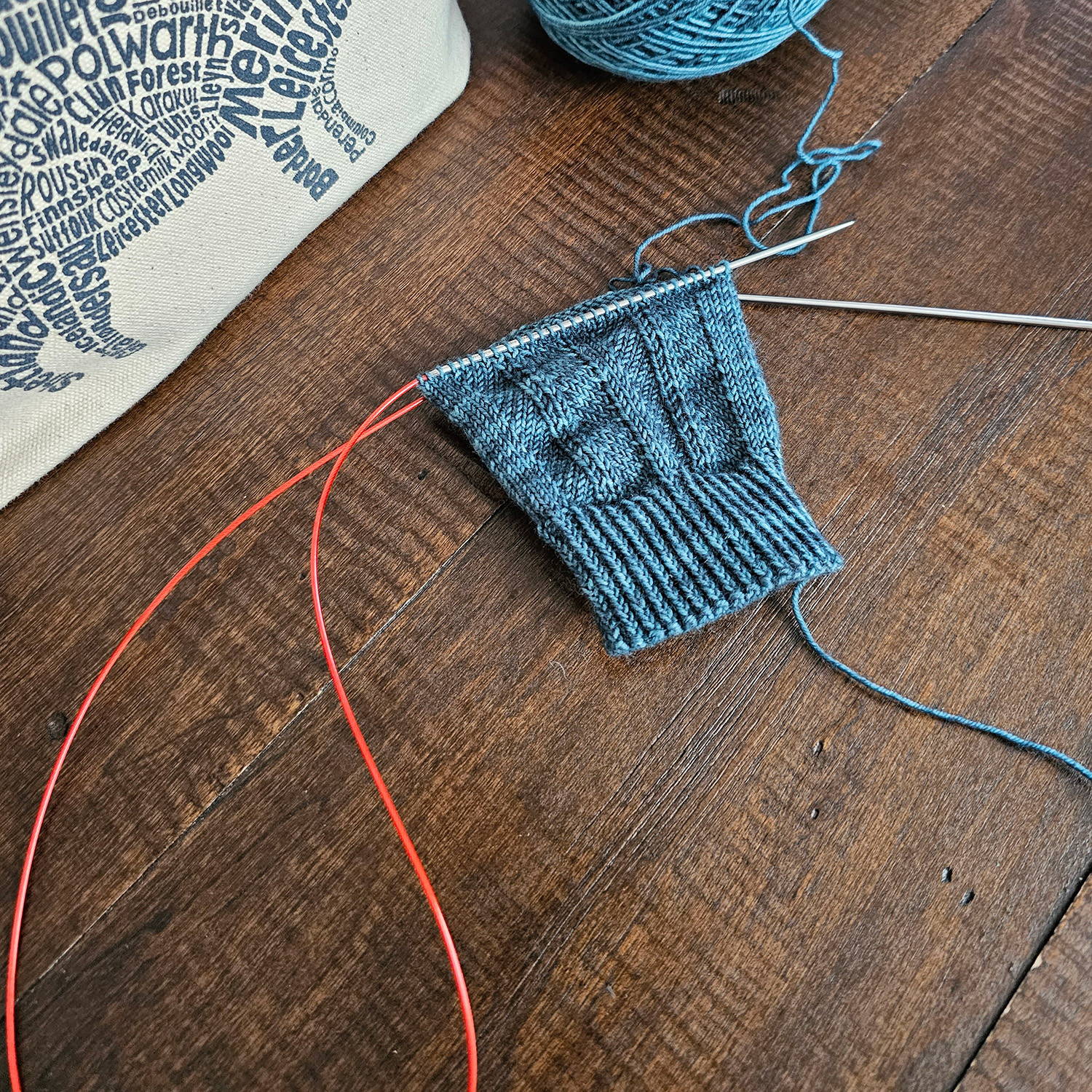
Circular Needles
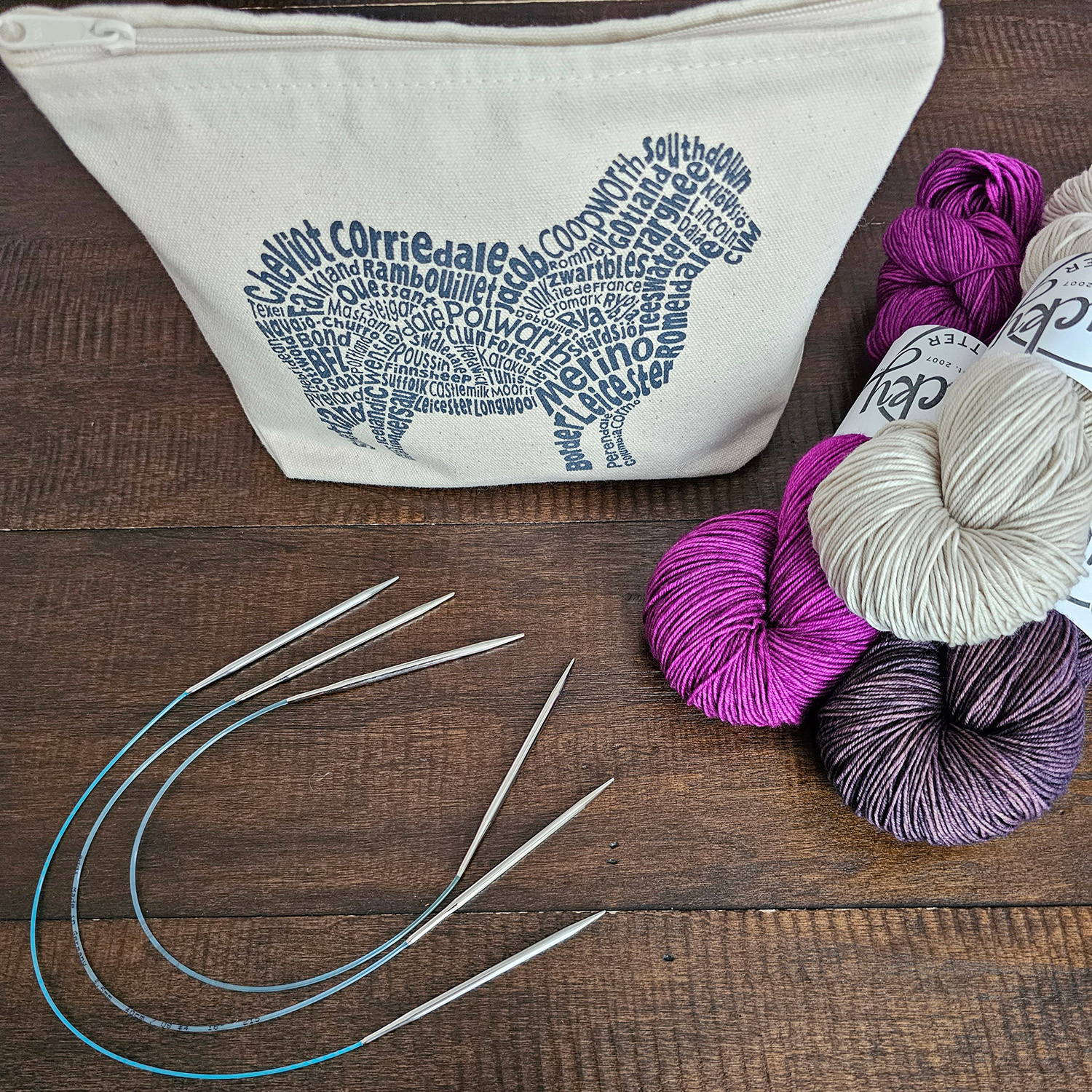
Circular Needles
But, maybe you learned to knit on Straight needles and you prefer having your stitches all lined up as you work them. We don't really see these needles as often now, but they still are very useful for knitting scarves or pieces for a seamed sweater. Many knitters love these!
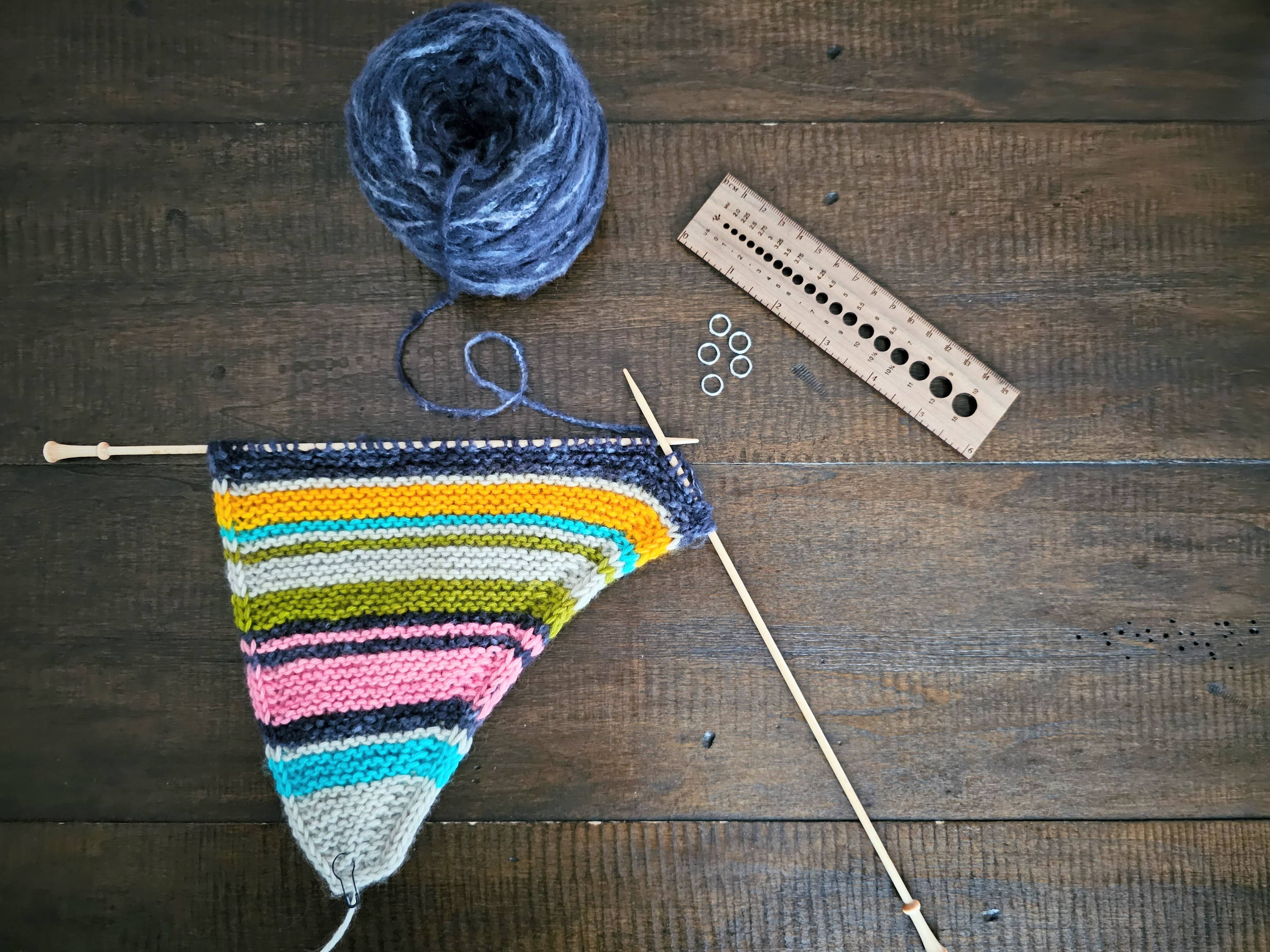
Straight Needles
Then of course, we have Double-Pointed needles. Those are just as their name describes. Usually ranging between 5" to 6" in length, DPNs come to a point on either end, allowing you to work from both sides. Most times these needle are used when making socks, or working in small circumferences. They also make great cable needles.
Double-Pointed Needles

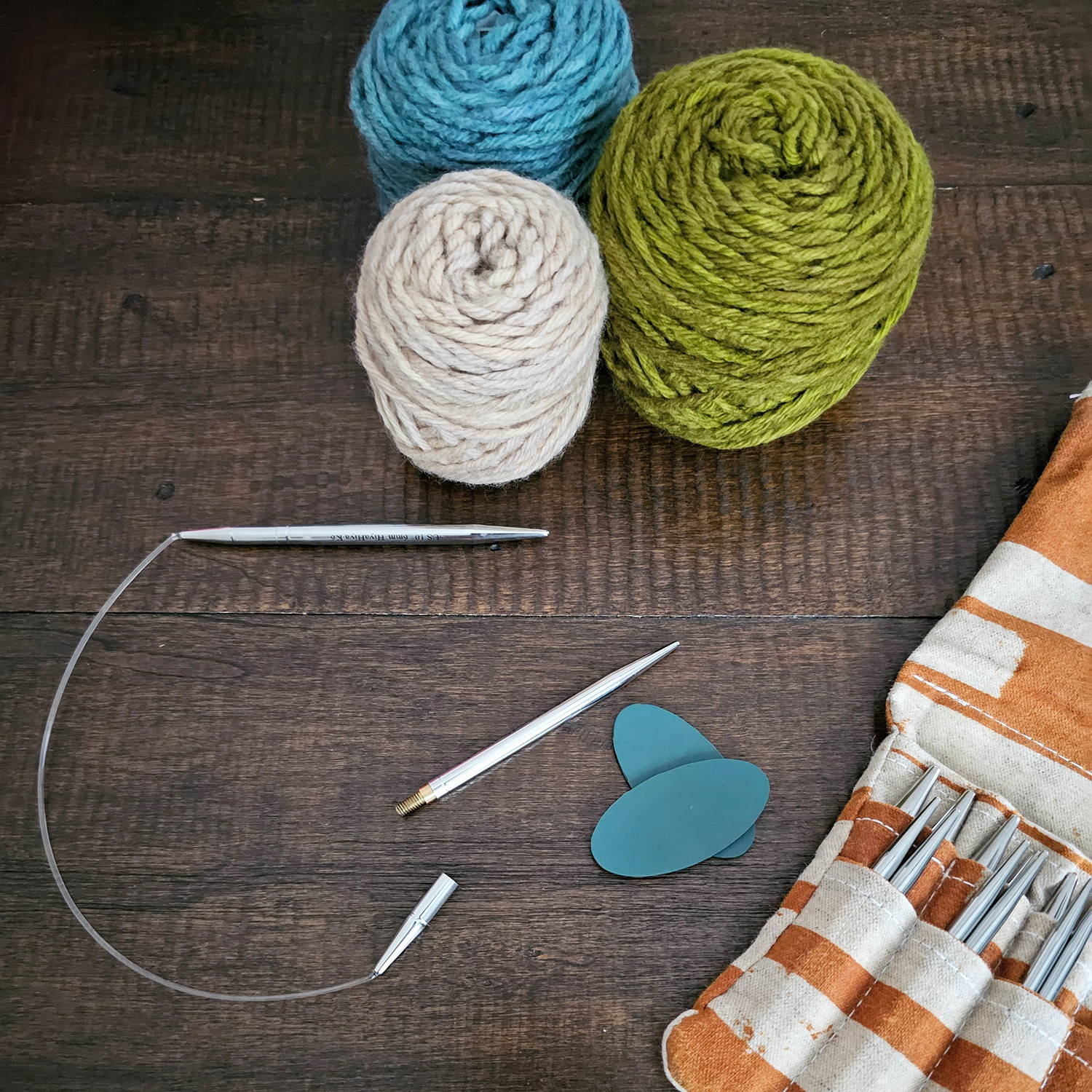
Not to be forgotten though, are Interchangeable needles. These are very similar to Circular needles in that they provide the flexibility of knitting in the round, but with this type of needle, you can remove the needle tips and replace them with other sized tips all while using the same cord. They are great for air travel, because you can take the tips off and your stitches can rest on the cord while you go through security. No fear of losing your knitting!
Interchangeable Needles
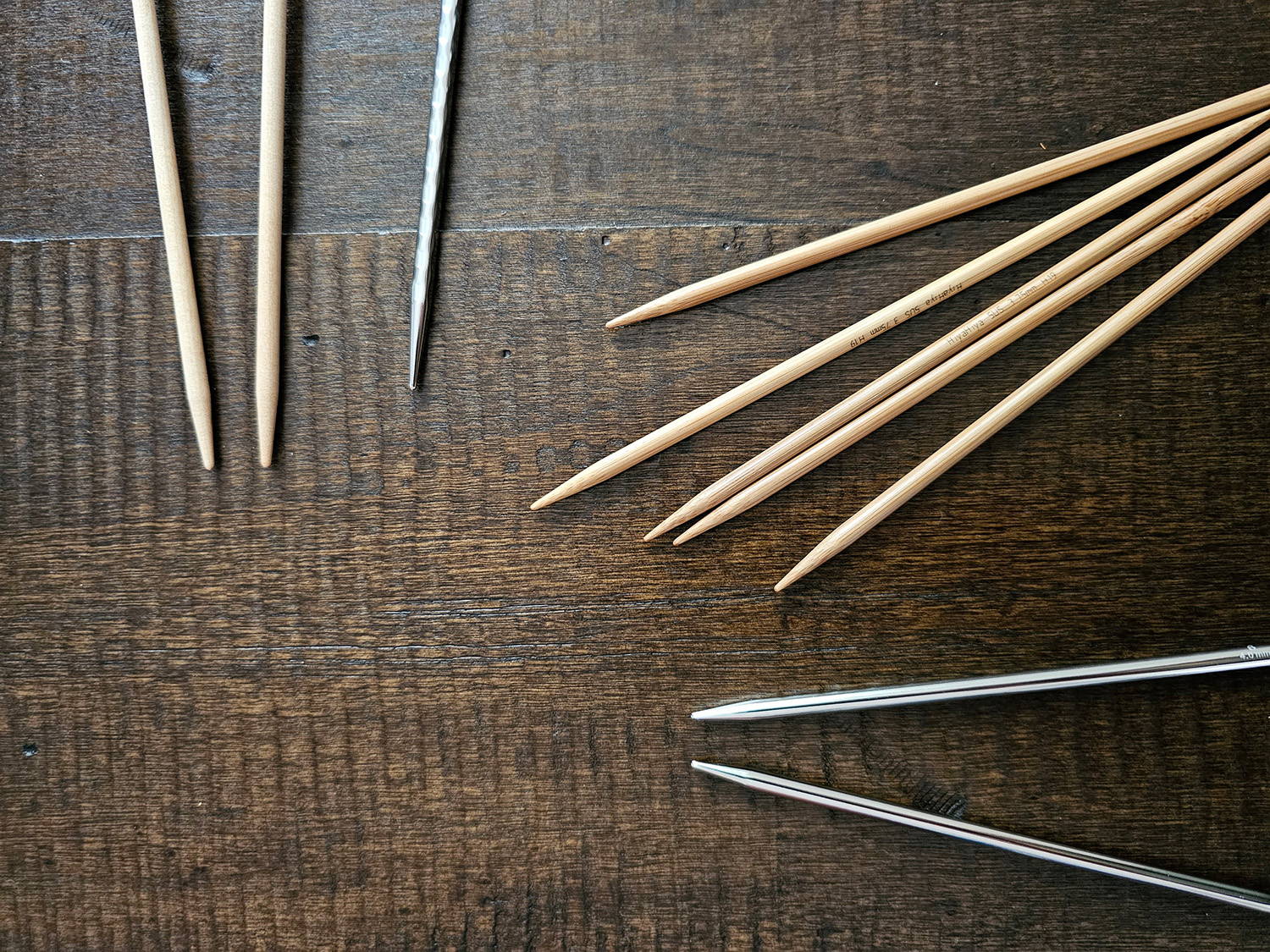
Needle Materials
Now that you have settled with the type of needle you prefer, it’s time to decide whether you should use wood, bamboo, stainless steel, aluminum, brass, plastic? The choices seem endless! But really, it comes down to what you prefer. One thing we've found that helps when choosing what material to use, is considering your yarn.
Many times wooden or bamboo needles make working with cotton, linen or other plant-based yarns easier to work with because they have more drag, allowing you to control your stitches from sliding off the tip. However, many tight knitters prefer a super slick needle material so they can slide their stitches more easily. Our best advice on this would be to try a few different materials out on various blends of yarn and go with what feels best for you and your making.
And… A Quick Tip
One of our favorite tips when knitting in the round and using interchangeable needles is that you can have your gauge needle on the right hand side as your work is facing you, then you put a needle tip, one or two sizes smaller on the left side, which makes it so easy to slide those stitches over to continue working them. Give it a try, but remember this only works if you're knitting in the round!
We hope you’ve enjoyed seeing what’s on our needles and you’ve also enjoyed this little journey into your most used tools, your needles! Let us know what type of needles you prefer along with any quick tips you’ve discovered by emailing us at customerservice@thepluckyknitter.com!
Happy making friends!!
The Plucky Crew
P.S. We love seeing all of your beautiful creations made with Plucky yarn! Please tag us @thepluckyknitter or use the hashtag #pluckyknitter on Instagram and Facebook so we don't miss them! And sign up for our newsletter emails for a look at upcoming yarn and kit updates!

